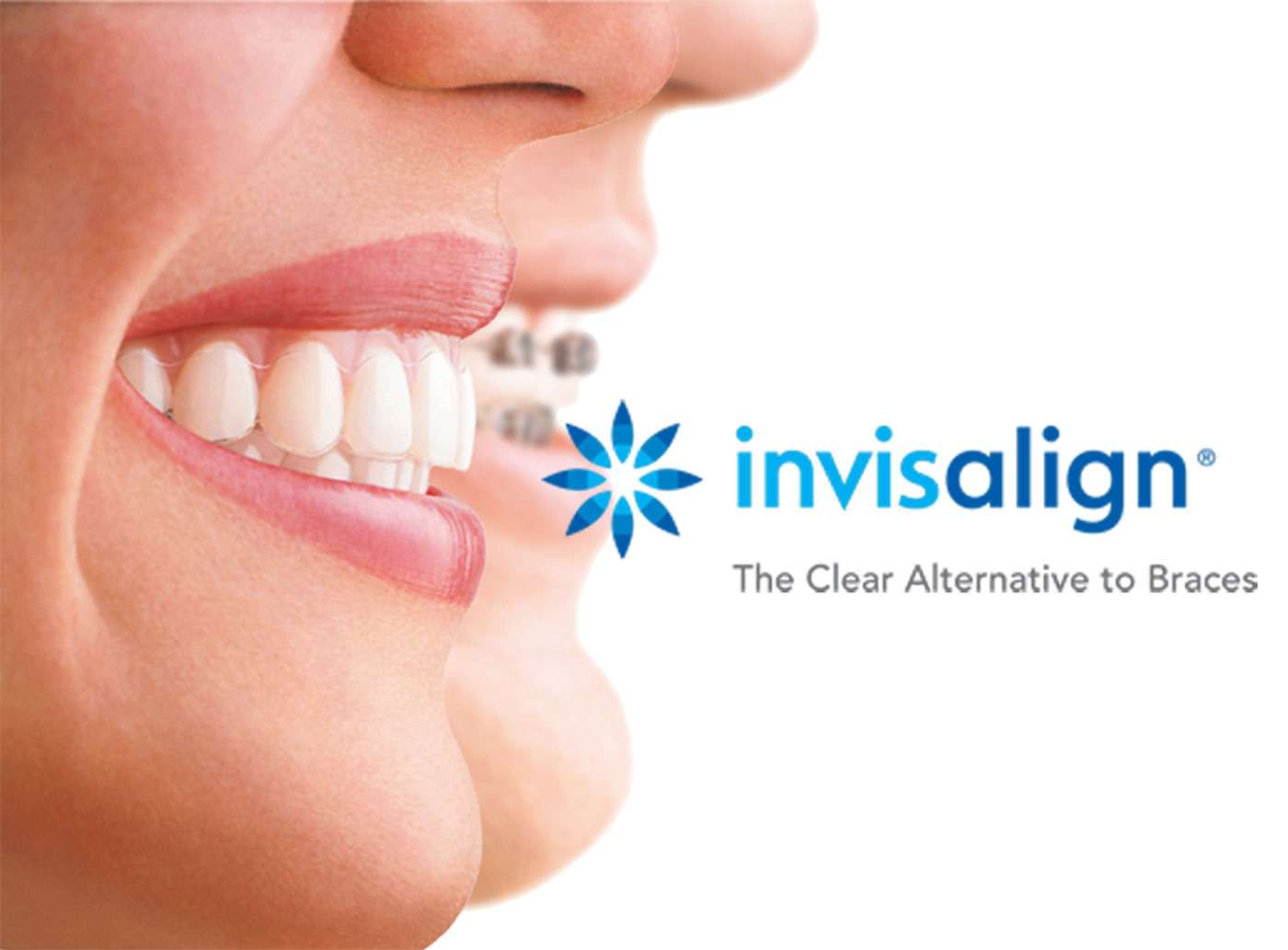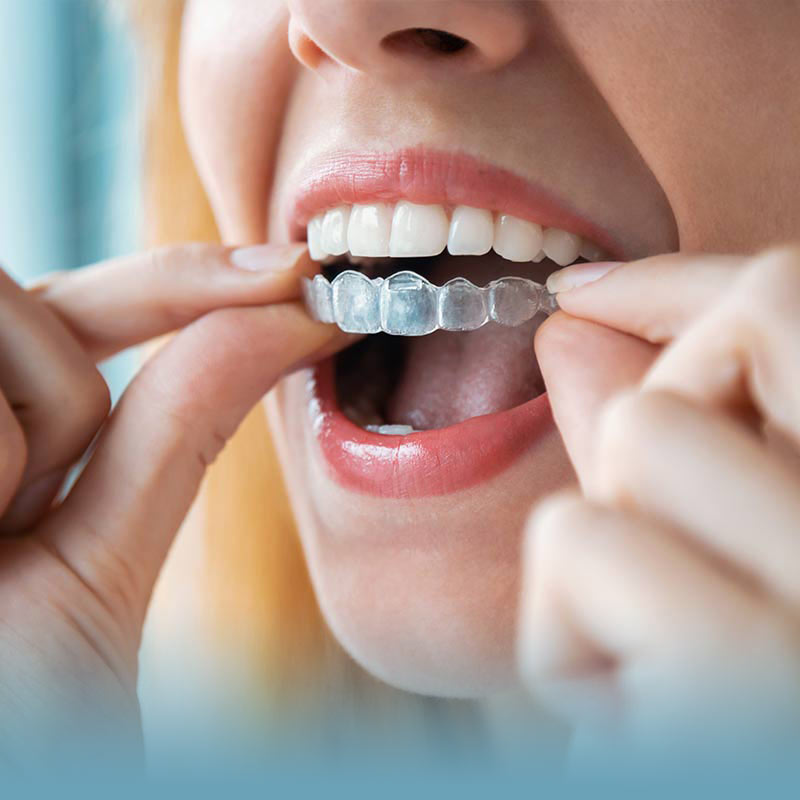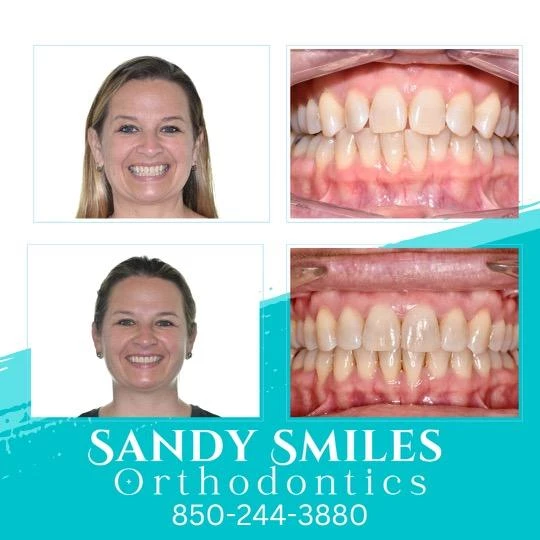Frequently Asked Questions About Invisalign: Everything You Need to Know
Frequently Asked Questions About Invisalign: Everything You Need to Know
Blog Article
Invisalign vs. Conventional Dental braces: Which Choice Is Right for You?
When considering orthodontic therapy, the choice between Invisalign and typical braces presents several important elements that warrant careful analysis. Invisalign supplies a discreet choice with detachable aligners, while conventional braces supply a much more visible yet effective service for serious imbalance.
Summary of Treatment Choices

On the other hand, standard dental braces contain metal brackets and cords that are bonded to the teeth. This method uses continual stress in time to achieve alignment. While effective for intricate orthodontic problems, traditional braces call for normal visits for changes and can posture obstacles in keeping dental health as a result of the trouble of cleaning about cords and brackets.
Both alternatives have their merits, and the choice frequently pivots on specific dental conditions, way of life preferences, and individual conformity. Ultimately, consulting an orthodontic professional is vital for identifying one of the most ideal treatment plan customized to specific demands. Understanding the nuances of each option can significantly affect the general success of orthodontic treatment.
Visual Factors To Consider
A significant element influencing the option in between Invisalign and traditional dental braces is the visual allure each treatment offers. Invisalign aligners are crafted from clear plastic, making them essentially invisible when put on. This very discreet appearance is especially appealing to young adults and grownups who might really feel uneasy regarding their orthodontic therapy. The ability to maintain an all-natural smile throughout the alignment procedure can significantly improve the individual's confidence in social and expert settings.
On the other hand, standard dental braces contain metal brackets and cords, which can be much more recognizable. While advancements in orthodontic innovation have actually led to the advancement of smaller brackets and colored elastics, typical dental braces still preserve an even more noticeable profile. For some people, the presence of dental braces might deter them from seeking essential treatment.
Inevitably, the choice between Invisalign and traditional braces might pivot on individual choices relating to aesthetics. Patients that prioritize discernment commonly lean toward Invisalign, while those who are much less worried about presence may select traditional dental braces. Understanding the aesthetic ramifications of each alternative is vital for making an educated decision that lines up with one's way of life and preferences.
Convenience and Convenience

In regards to benefit, Invisalign aligners are removable, making it possible for people to appreciate their preferred foods without limitation and maintain ideal oral hygiene. Brushing and flossing are simplified, as the aligners can be obtained throughout these regimens, whereas typical dental braces require careful maneuvering around cables and brackets.
In comparison, typical dental braces demand normal adjustments, making them much less practical for those with busy routines. Generally, the convenience and benefit of Invisalign make it an enticing option for several individuals seeking orthodontic treatment.
Therapy Period and Performance
While both Invisalign and conventional braces work in fixing dental misalignments, the image source period of treatment can differ substantially between the 2 choices. Generally, Invisalign treatment can take anywhere from 12 to 18 months, depending on the complexity of the situation. The clear aligners work by gradually moving teeth into their preferred settings, and regular follow-ups with an orthodontist help make certain development remains on course.
In contrast, standard braces typically require a longer dedication, normally varying from 18 months to 3 years. This results from their fixed nature and making use of braces and cables, which can be extra effective for extreme imbalances and intricate instances (Invisalign). The treatment effectiveness of traditional dental braces is well-documented, as they permit exact modifications and higher control over tooth activity
Inevitably, the selection between Invisalign and standard braces might hinge on both the anticipated treatment period and the particular oral problems handy. Consulting with an orthodontist is important, as they can supply customized suggestions based on private needs, making sure the picked approach aligns with desired outcomes and timeframes.
Price Contrast and Insurance Options
Expense plays a considerable function in the decision-making process for individuals considering orthodontic therapy, whether going with Invisalign or conventional dental braces. Usually, the cost of Invisalign varieties from $3,000 to $8,000, while traditional braces see this normally set you back between $2,000 and $6,000. Variables influencing these prices include the intricacy of the situation, the period of therapy, and geographical place.
Numerous oral insurance strategies give partial coverage for orthodontic therapies, however the specifics can differ commonly. Generally, traditional braces might be extra often covered by insurance policy strategies contrasted to Invisalign, which some insurance providers categorize as a cosmetic treatment.
Additionally, several orthodontic techniques supply adaptable layaway plan, making both treatment choices more obtainable. Individuals need to inquire regarding possible financing alternatives and discount rates for upfront repayments. Evaluating the overall expense, consisting of insurance benefits and repayment strategies, is crucial for making an educated choice that aligns with both visual preferences and budget considerations.

Verdict
In summary, the selection between Invisalign and traditional braces hinges on multiple aspects, consisting of aesthetic preferences, comfort, treatment duration, and price. Invisalign provides a very discreet, removable choice that facilitates dental hygiene and dietary adaptability, while conventional braces may be better for complex oral problems and typically come with a reduced rate factor. Eventually, appointment with an orthodontist is necessary to examine private situations and determine the most suitable therapy choice for attaining ideal oral alignment.
When Home Page thinking about orthodontic treatment, the selection between Invisalign and conventional dental braces offers several important variables that warrant careful assessment.Contrasting Invisalign and standard dental braces discloses distinctive therapy options for orthodontic modification.While both Invisalign and conventional braces are reliable in correcting dental imbalances, the period of treatment can vary significantly between the two alternatives.Price plays a considerable duty in the decision-making process for individuals thinking about orthodontic treatment, whether choosing for Invisalign or traditional braces.In summary, the choice between Invisalign and standard braces pivots on several factors, including aesthetic choices, comfort, treatment duration, and cost.
Report this page